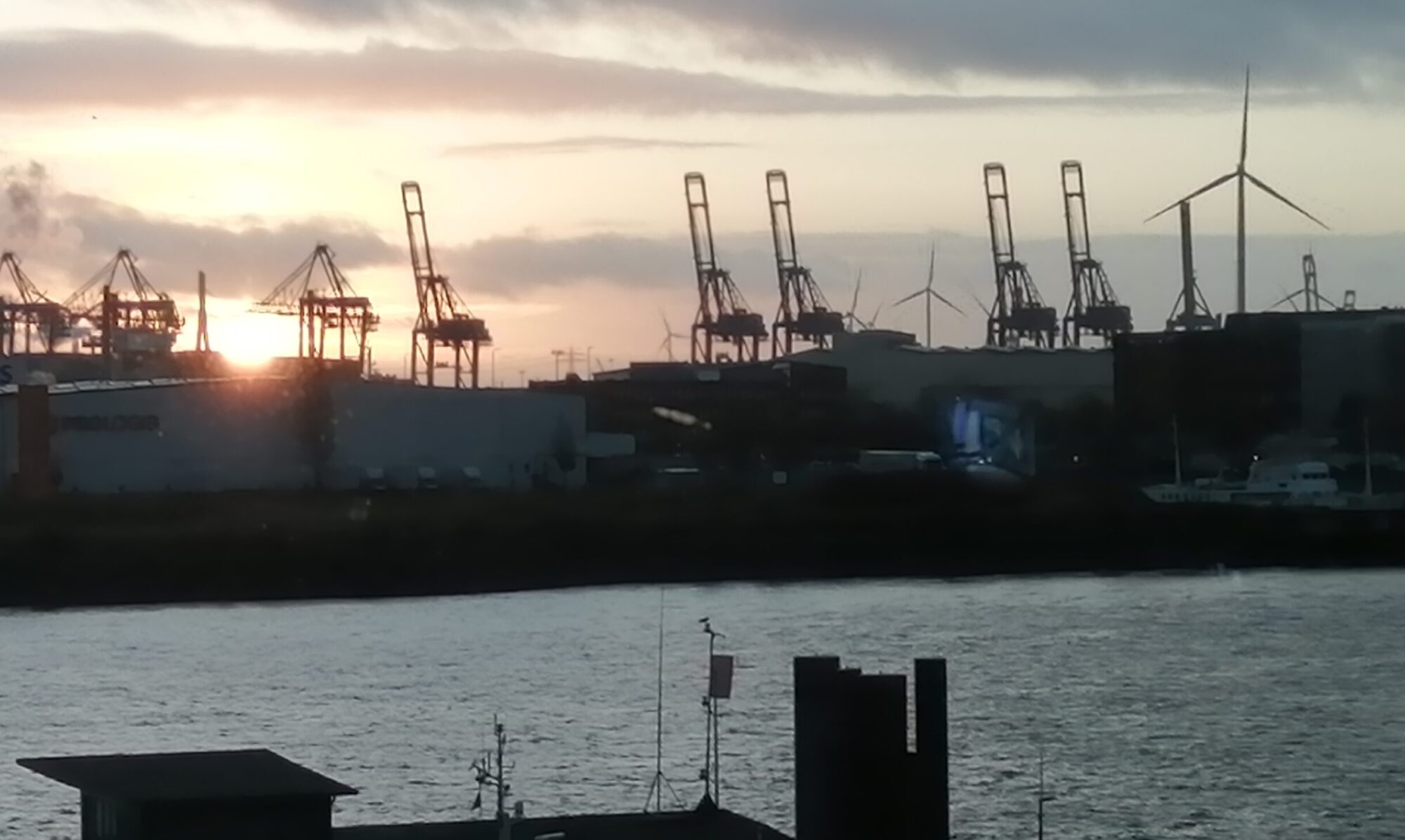Report by Katie O’Donovan in the Irish Independent
Objections to Bord na Móna’s 22 Turbines at Derryadd Wind Farm in Longford, Ireland
Report by Trevor Quinn in Longford Live
France – Ireland Celtic Interconnector Expected in Spring 2028
Report by Caroline O’Doherty in the Irish Independent
Extreme Weather Events in USA and Europe
County Clare Wind Farm Halted by Hen Harrier
Report on Clare FM
1.2 GW Offshore Wind Farm in Poland
Report by Adnan Memija in Offshore Wind Biz
New Wind Farm in Yorkshire, UK
Report in Renew Biz
Fresh Start for Onshore Wind in UK
Press Release from Dept for Energy Security and Net Zero of UK Gov
Mauna Loa Observatory
Article by A.S. Gupta, K. Meissner and T.H. Raupach in The Conversation
News from the Irish Wind Farmers’ Association (IWFA) 3rd July 2025
| Stories from Ireland |
 |
| Market & Regulation |
 |
| International Stories |
